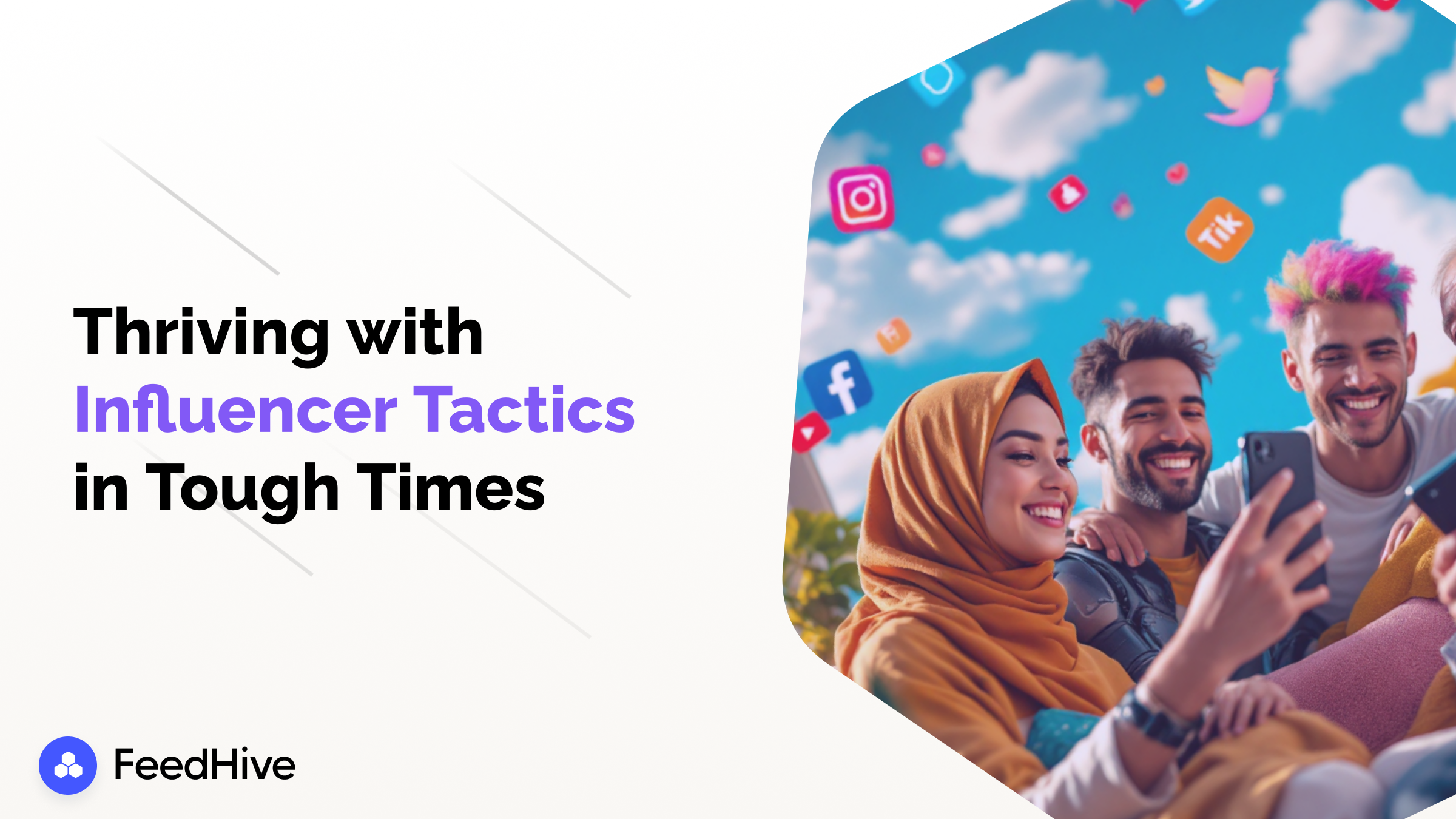
In today's shifting economic landscape, brands face the dual challenge of responding to consumer uncertainty while keeping their marketing fresh, authentic, and relatable. Economic uncertainty forces companies to scrutinize every aspect of their influencer marketing strategy—from the way influencers connect with audiences to the authenticity behind each campaign. In this post, we explore strategies for adapting influencer marketing during financial downturns, centering on authenticity, transparency, and value alignment with today’s evolving consumer mindset.
Economic uncertainty can be both a challenge and an opportunity for brands. With fluctuating consumer confidence and tightening budgets, companies must be proactive and nimble. Businesses are witnessing a shift in consumer behavior, where audiences question excessive spending and the portrayal of luxury during hard times. As noted in recent discussions, influencers who flaunt lavish lifestyles or disconnected messaging often face backlash—like the example of a TikTok influencer criticized for showcasing an extravagant $1,000 dinner at Coachella during an economic slowdown (Axios).
At the same time, this economic climate has opened the door for more genuine, relatable influencer content. Consumers are seeking honest and transparent narratives that mirror their realities. Brands now have the opportunity to reinvent their marketing strategies by focusing on meaningful partnerships, leveraging insights into consumer sentiment to tailor content that resonates more deeply with their target audience.
Authenticity is no longer optional—it’s a necessity. A 2025 study revealed that 86% of consumers place a high value on authentic content, which drives trust, boosts engagement, and ultimately enhances conversions (Spirra). This evolving consumer preference means that when influencers present genuine endorsements and honest opinions, they pave the way for more robust brand loyalty.
Transparency is equally crucial. Regulatory bodies such as the FTC now require influencers to disclose paid partnerships, underscoring the importance of honesty in promotional content (Sprout Social). For a business, working with influencers who honestly believe in and use the product can lead to more sincere and persuasive messaging. In challenging economic times, when skepticism may be high, such authenticity and transparency can be the difference between a campaign’s success or failure.
Choosing the right influencer is a strategic decision that can make or break a campaign, especially during economic volatility. Brands need to partner with individuals whose values and lifestyles closely reflect those of their target audiences. For instance, a fitness brand aiming to promote wellness during a financially tight period should collaborate with influencers who emphasize a healthy, relatable lifestyle rather than one focused on extravagance. This alignment fosters an environment where the audience feels understood and respected, thus strengthening consumer trust and loyalty.
The key is to identify influencers who not only understand the brand's ethos but also can communicate it in an authentic manner. Their content should resonate with the current economic sentiments of their followers, ensuring that every sponsored post or story reflects the audience's lifestyle and financial realities.
Resilient influencer partnerships are built on more than just transactional agreements—they require a long-term vision. To withstand the pressures of economic uncertainty, brands must adopt a strategic approach that prioritizes mutual growth and trust. Here are several strategies to consider:
Several brands have navigated economic downturns successfully by leveraging authentic influencer collaborations. For example, a lifestyle brand that shifted its focus from showcasing aspirational imagery to featuring real-life stories of overcoming adversity saw significant engagement improvements. Such campaigns not only resonated with consumers facing economic challenges but also enhanced brand credibility.
Another compelling case involves a tech company that partnered with influencers who provided practical advice on budgeting and prioritizing tech investments during tough economic times. By delivering content that was both helpful and aligned with audience realities, the company achieved higher customer retention and a notable increase in engagement rates. These case studies highlight the potential of authentic, value-driven influencer marketing to thrive even during challenging economic periods.
Adapting influencer marketing strategies requires robust analytics and agile management tools. Platforms such as FeedHive offer valuable insights into social media performance, content scheduling, and monitoring audience engagement—all critical to refining marketing strategies in real time. Tools like these empower brands to:
These tools provide the essential data and flexibility required to navigate a complex economic landscape, ensuring that influencer campaigns remain both relevant and effective.
As economic uncertainties continue to shape consumer behavior, brands must evolve their influencer marketing strategies. By emphasizing authenticity, transparency, and strategic value alignment, companies can build strong, resilient partnerships that resonate with audiences even in challenging times. Leveraging both innovative tools like FeedHive and real insights from successful campaigns, businesses can not only weather economic storms but emerge with a more trusted and engaged customer base. Embracing these strategies today will ensure that brands are well-prepared to meet the demands of tomorrow’s dynamic market environment.